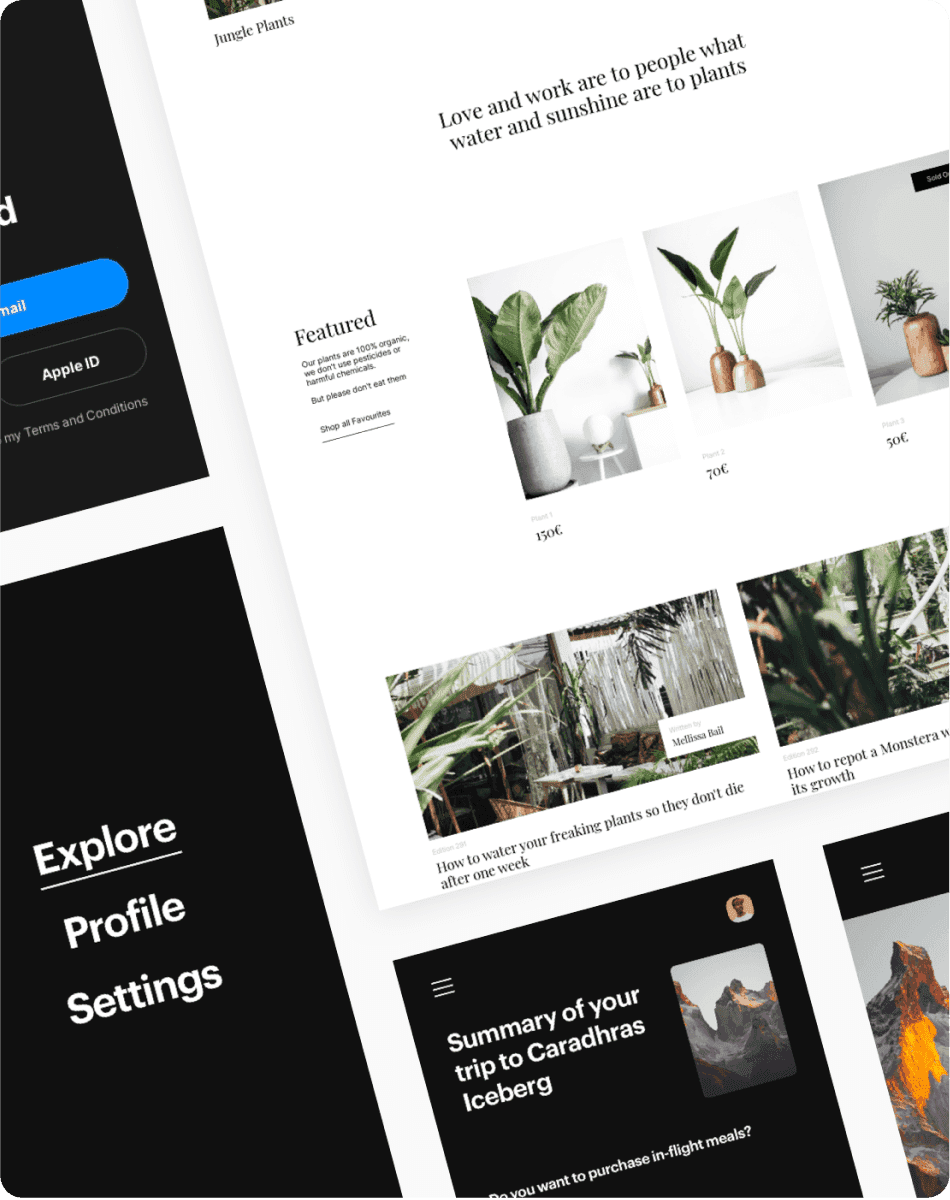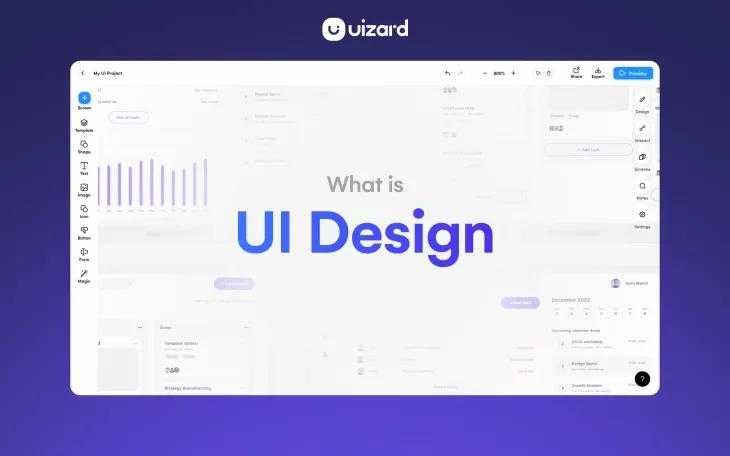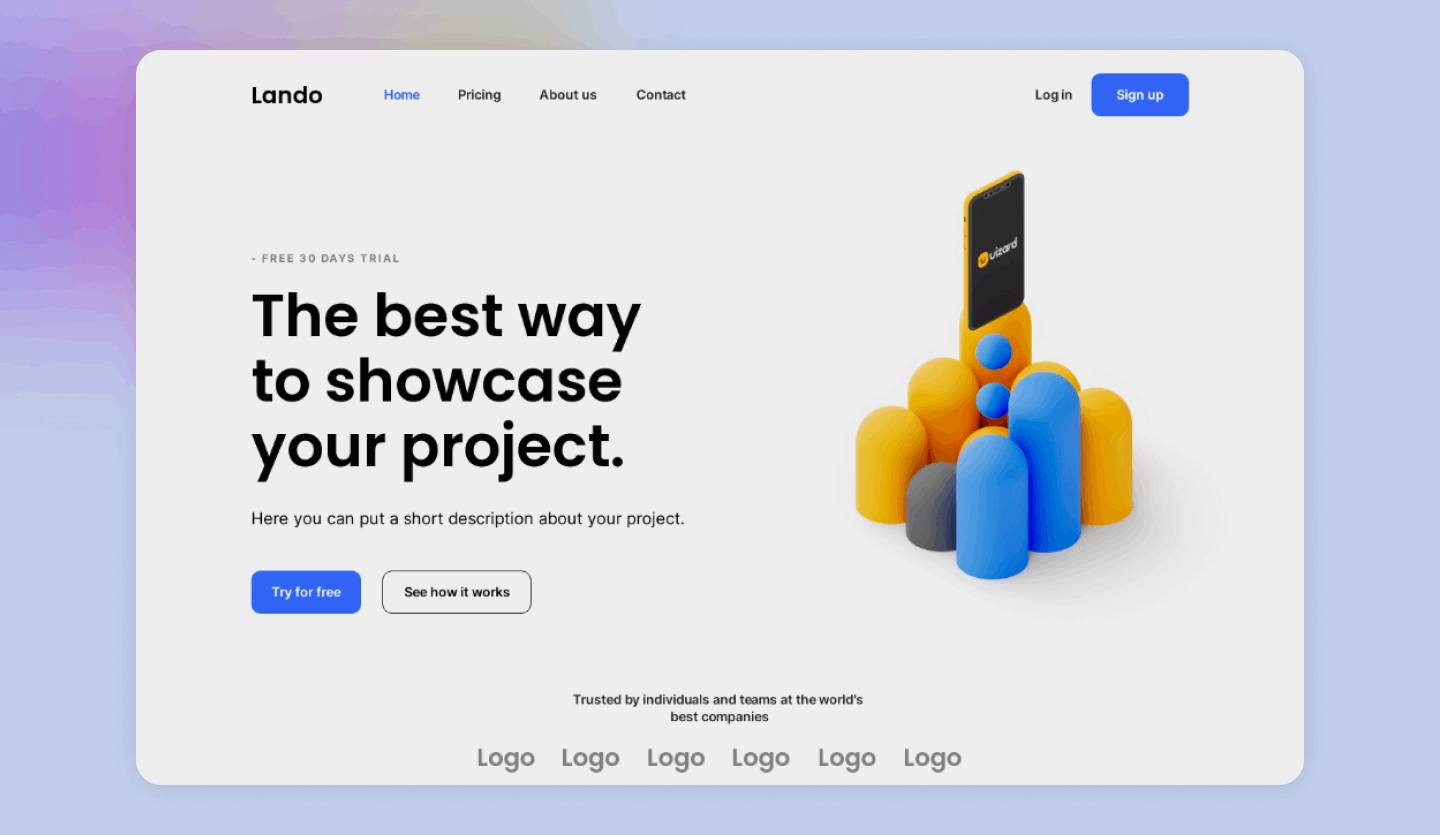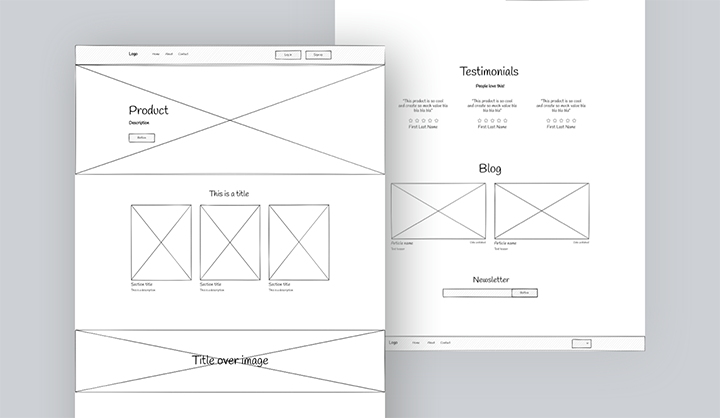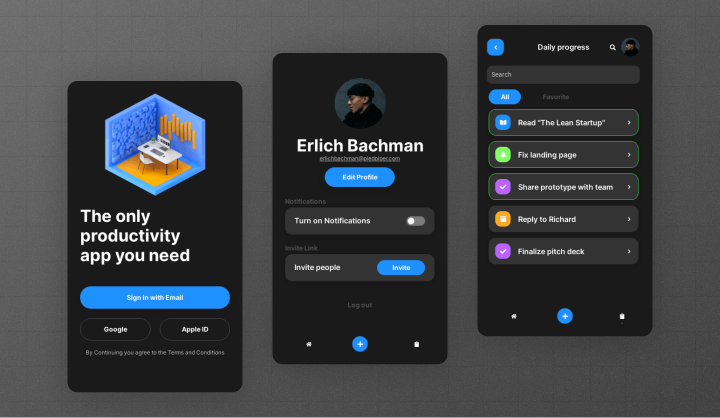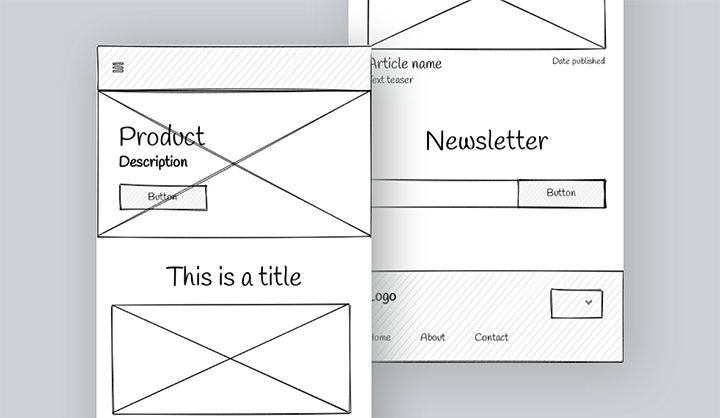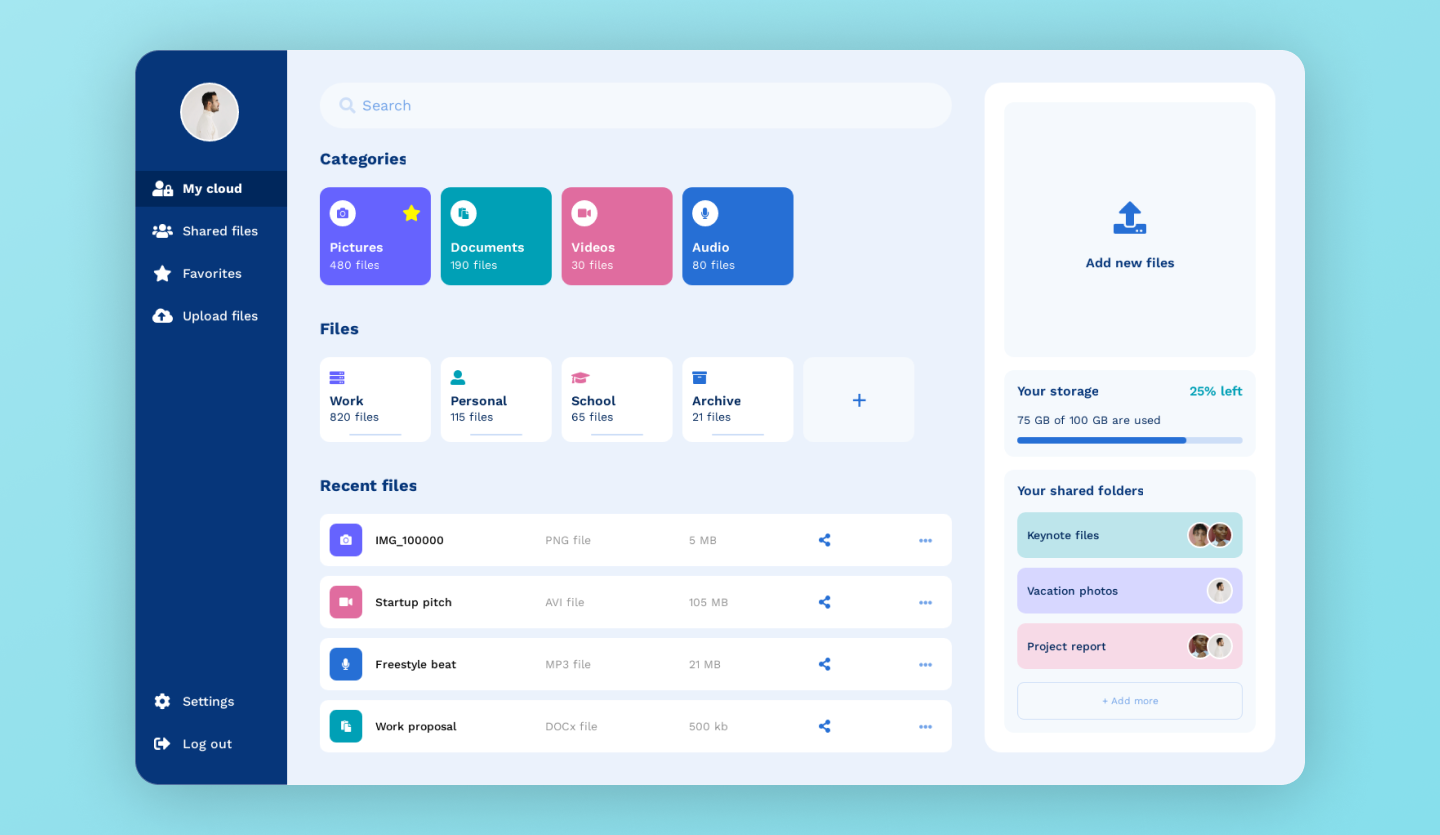- Product
AI Design
- Templates
- Solutions
- Product Managers & Product TeamsCreate mockups in seconds
- Designers & UX ProsDesign and iterate ideas in minutes
- MarketersDeliver for clients at speed
- Startup FoundersBring your startup MVP to life
- Consultants & AgenciesTurn ideas into interactive mockups
- DevelopersThe perfect launchpad for your project
- EnterpriseUizard for large businesses
- Blog
Create UI designs from text prompts
Generate UI designs using a few simple words with Uizard Autodesigner. Enter your design idea, select a theme, and Autodesigner will generate a multi-screen, editable mockup in a matter of seconds.
Turn screenshots into editable UI designs
Transform app and web screenshots into editable designs with Uizard's Screenshot Scanner. Iterating on established designs has never been easier.
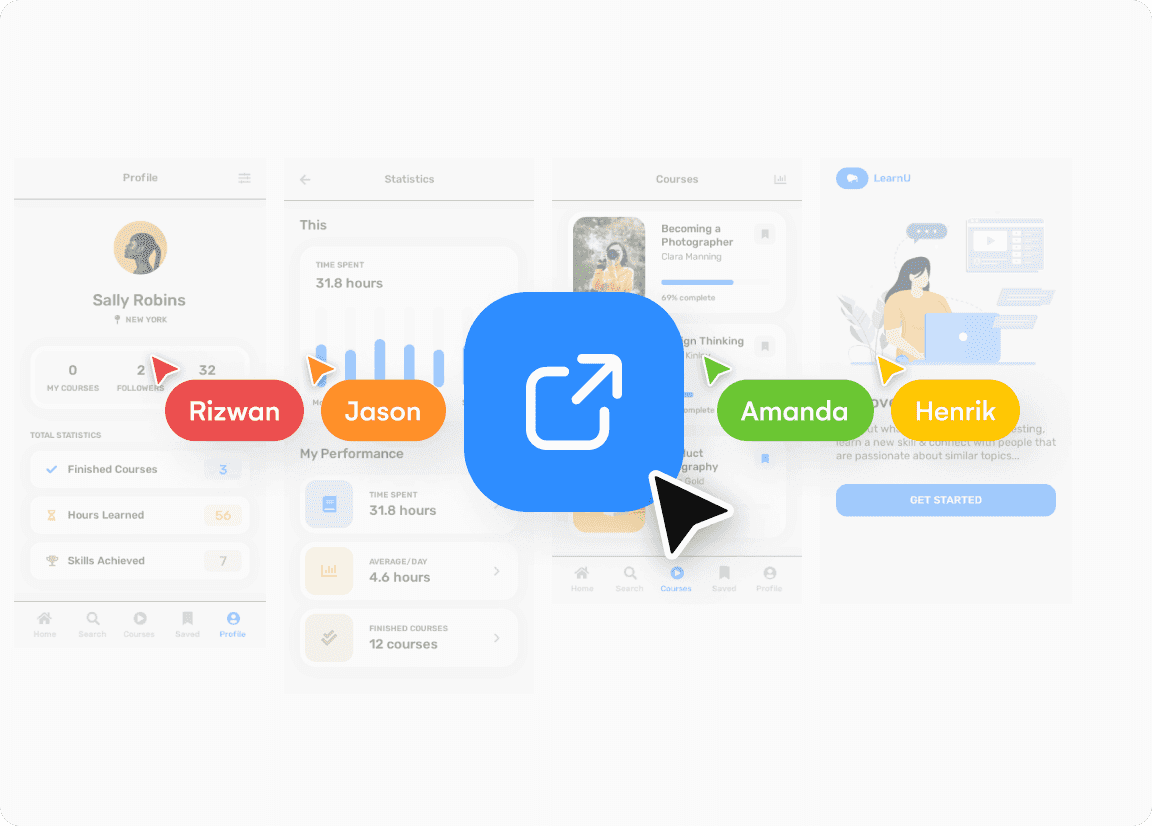
Collaborative UI design
Work alongside your team in real time with Uizard's drag-and-drop editor to transform your ideas into design reality.
Share your project externally or open conversations for feedback and iteration, collaborative UI design has never been easier.
Used by individuals and teams at the world's boldest companies













Learn about UI design
UI design FAQs
What would you like to design?
Uizard
Templates
- UI Design Templates
- Mobile App Templates
- Website Templates
- Web App Templates
- Tablet App Templates
- UI Components Library
Wireframes
Solutions
2024 © Uizard Technologies. All rights reserved.
